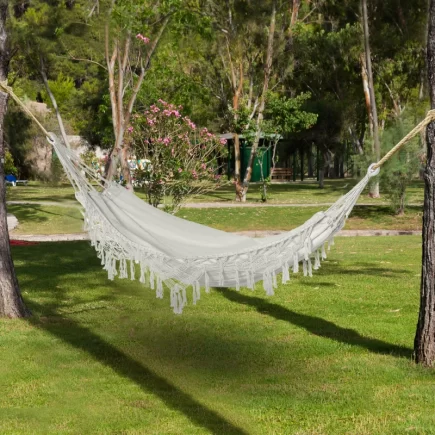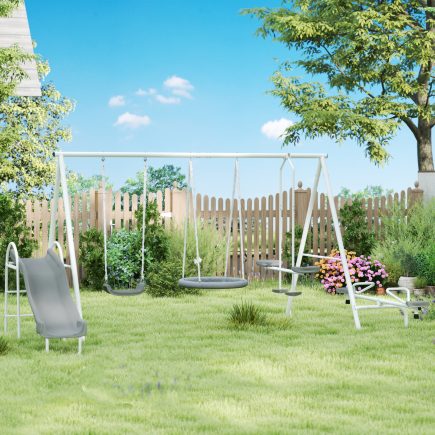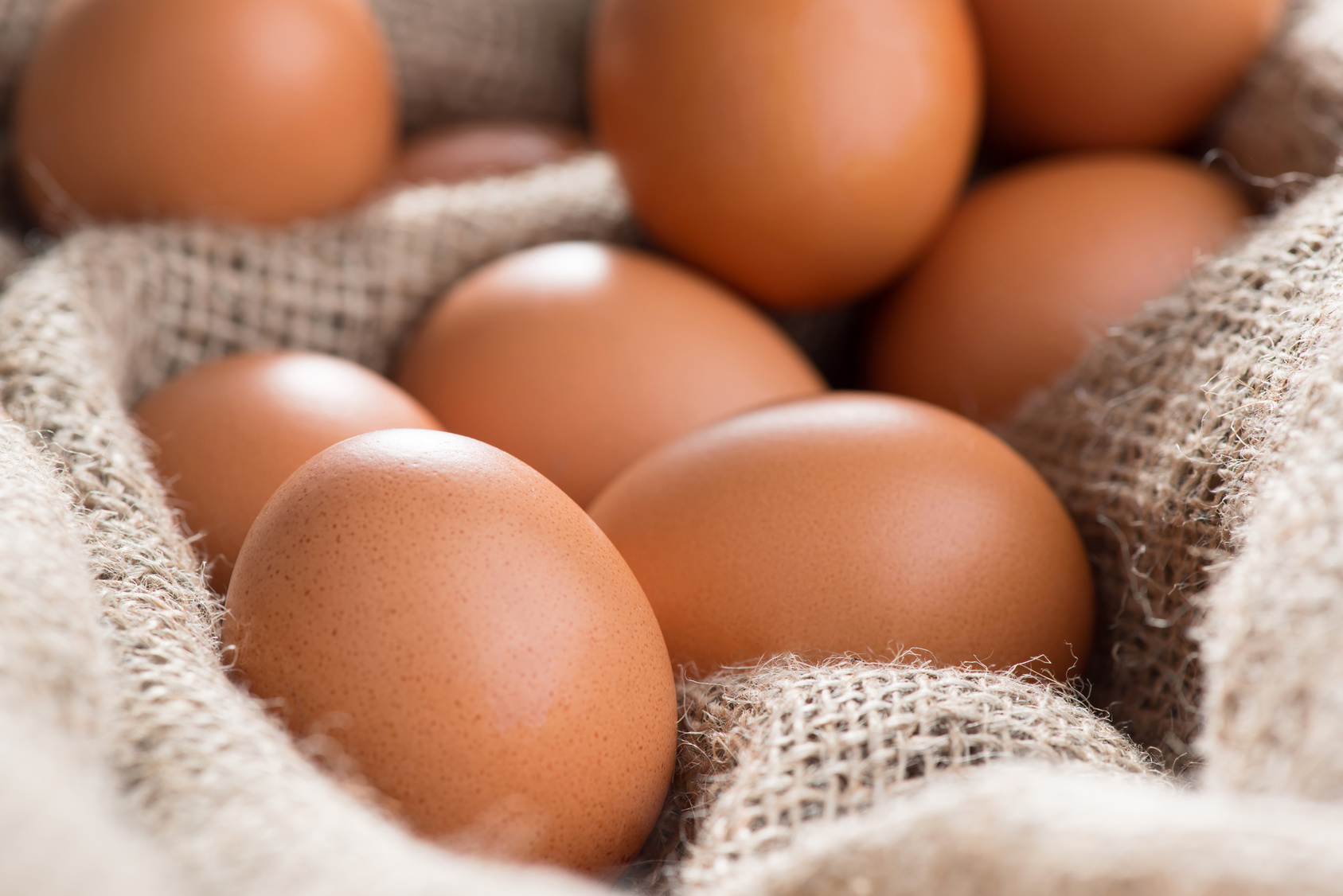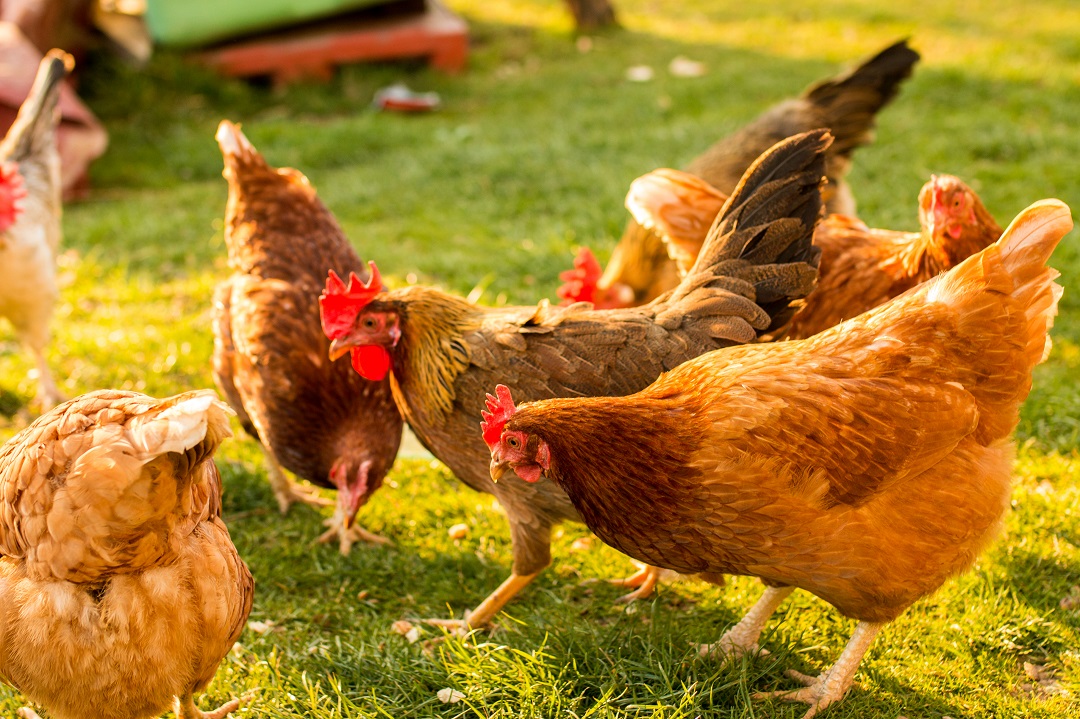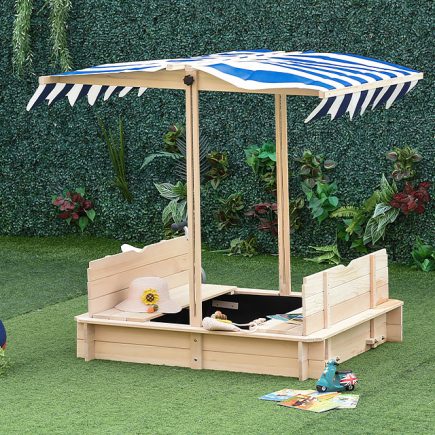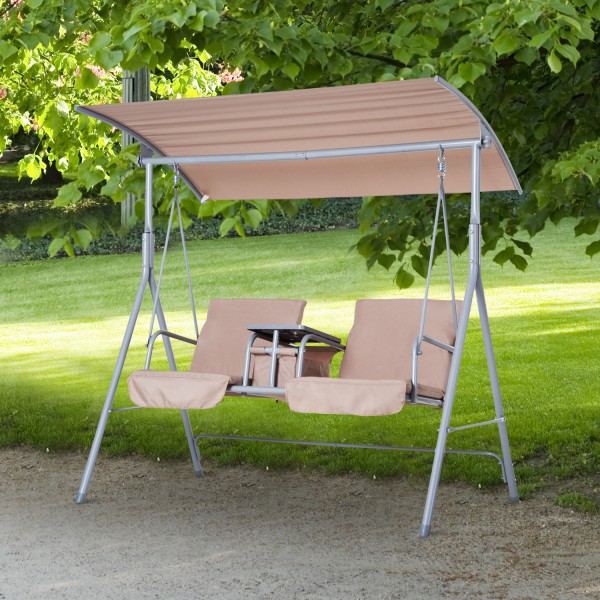Spring is coming! In Portland we’ve been getting some truly gorgeous days, with more sun to come soon. Now is the time to finish your garden planning and get to planting. Soon, you’ll be bringing healthy greenery from your garden to the kitchen table. But before you can harvest the “vegetables” of your labor you’ll need to protect them from attack. Aphids, white-flies, slugs and snails – armies of flying, hopping, gliding, hungry critters want exactly what you want – your crops! Rather than using traditional pesticides to keep your garden pest-free, here are some living alternatives to try this growing season.
A Hungry Host – Common Garden Pests
Aphids

Aphids are one of the more common pests to many greenhouses and gardens. Most aphid species are less than 1/8″ long, with a soft, pale body. They also produce sweet substance called “honeydew” and may not seem very threatening. Think again! Aphids are capable of reproducing ridiculously fast and can become a plague. Aphids suck the moisture out of plants – they can be especially damaging to early crops, causing curling and distortion in young plants as they drain them. There are about 4,400 known species of aphid, so yours may look different.
Spider Mites

Frankly, this hyper-close picture of a mite looks much more vicious. Like aphids, spider mites come in many varieties; about 1,200 species. Some are more damaging than others, but they feed in a similar way to aphids by sucking the moisture out of plants, and can be particularly damaging to young plants. You can spot mite activity by the tight webbing they weave underneath leaves and along stems.
Snails

These snails may look cute all grouped in a family like this, but they can quickly become a leaf-devouring battalion if they’re left uncontrolled. Those holes in lettuce you always see? Yeah, that’s these guys.
Living Pest Control – Increasing the Natural Predator Population
A note: Do not introduce non-native species! Research your specific ecosystem beforehand – make sure that the predator species you release exists naturally. Use the following species as examples only. Australia’s cane toad plague is a good example of what can go wrong.
Ladybugs

One of our most-loved garden insects can be of help here. The University of Kentucky College of Agriculture reported that a single ladybug may well eat ~5,000 aphids over the course of its life! (source) They’re general predators, so they’ll eat many other pest species as well, and you can order live ladybugs from a variety of sources. The issue with ladybugs is that they need to be fostered and “planned in” to your garden or greenhouse. Ladybugs will leave for greener pastures if there’s not enough food around. Mint, yarrow, angelica, clover, dill, dandelions – many shallow blossomed plants are good feeding choice for ladybugs. Keeping their natural food sources growing will keep ladybugs in your garden, ready to pounce whenever aphids arrive and try to take over.
Lacewings

Another great option for keeping undesirable pests away is the Lacewing. Sometimes referred to as “aphid lion”, it’s best to get them in egg form. Once hatched, lacewing larvae are voracious. They’re general predators, so they’ll eat up all the herbivores they can find. On the Lacewing Larvae menu: aphids, mealy-bugs, spider mites, leafhopper nymphs, caterpillar eggs, scales, thrips, and white-flies. Like ladybugs, lacewing eggs can be ordered from many sources. Releasing at the larval stage is best if you have a right now pest problem, but long-term it’s a good idea to grow preferred habitat so lacewings become permanent to your garden ecosystem.
Songbirds

Attracting local birds to your garden is a great idea to keep your pest count down. Many birds go mad for big, juicy slugs and snails. Unless you’re planning escargot, songbirds can keep your lettuce safe and your ears happy. Food and water sources can be great to help attract winged friends. Find out which birds will chow down on your pest problem, research what features and flora might attract them, and incorporate them into your garden for best long-term results. Plus, you get a vibrant, song-filled back yard!
Plan Your Ecoystem
The best answer is often not the easiest. What works for someone’s garden may not work for yours, and a beneficial predator to some may be an invasive destroyer to others. Research your own backyard – learn which biological controls should be in play, then do what you can to encourage them.


